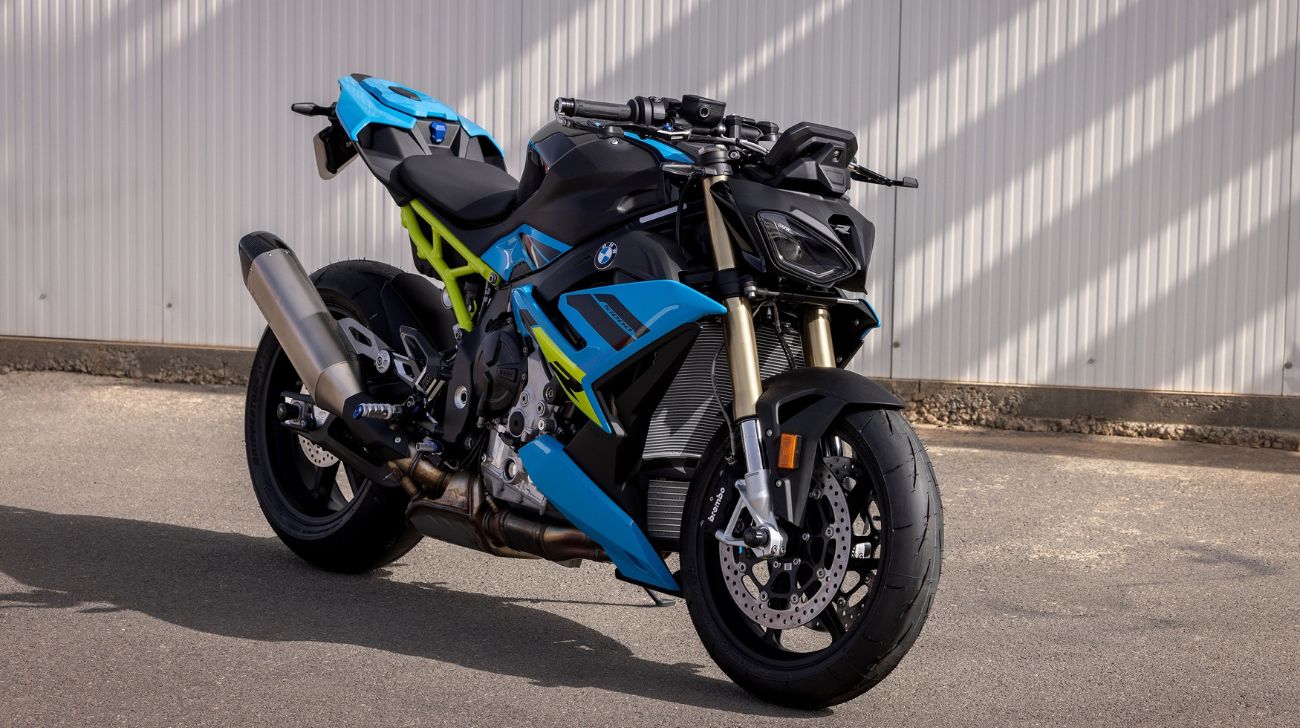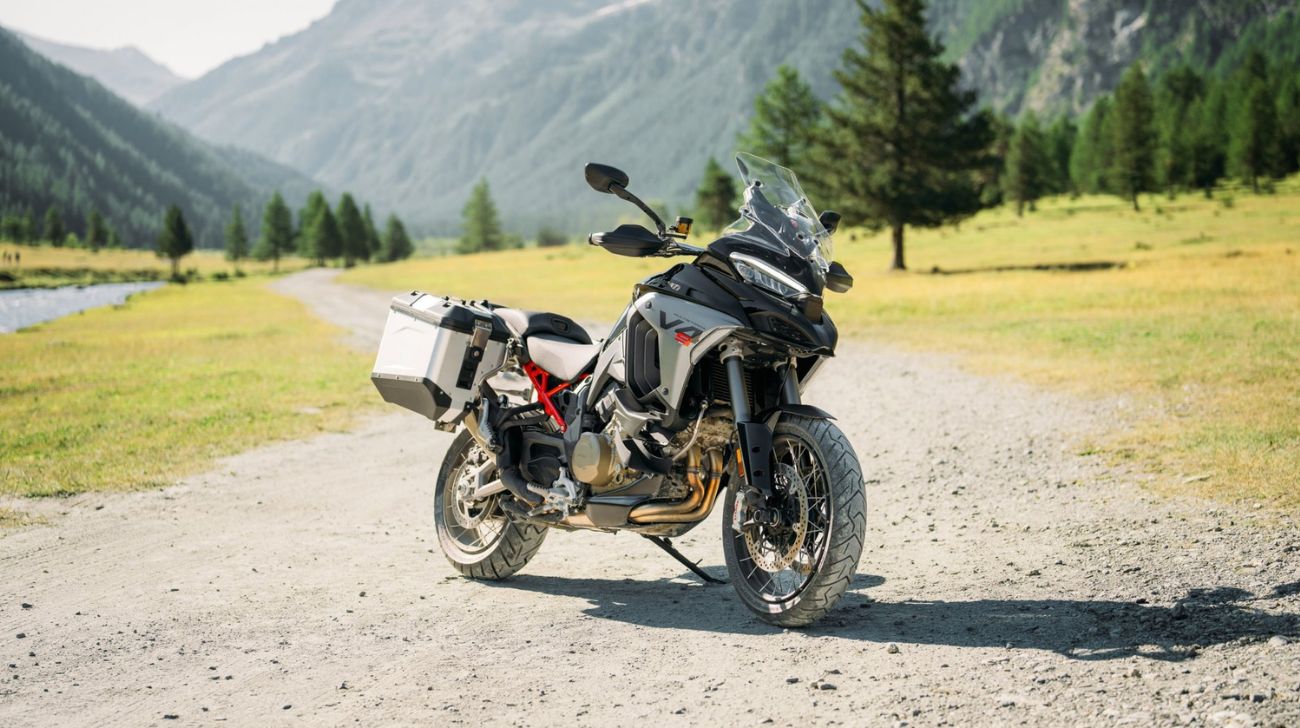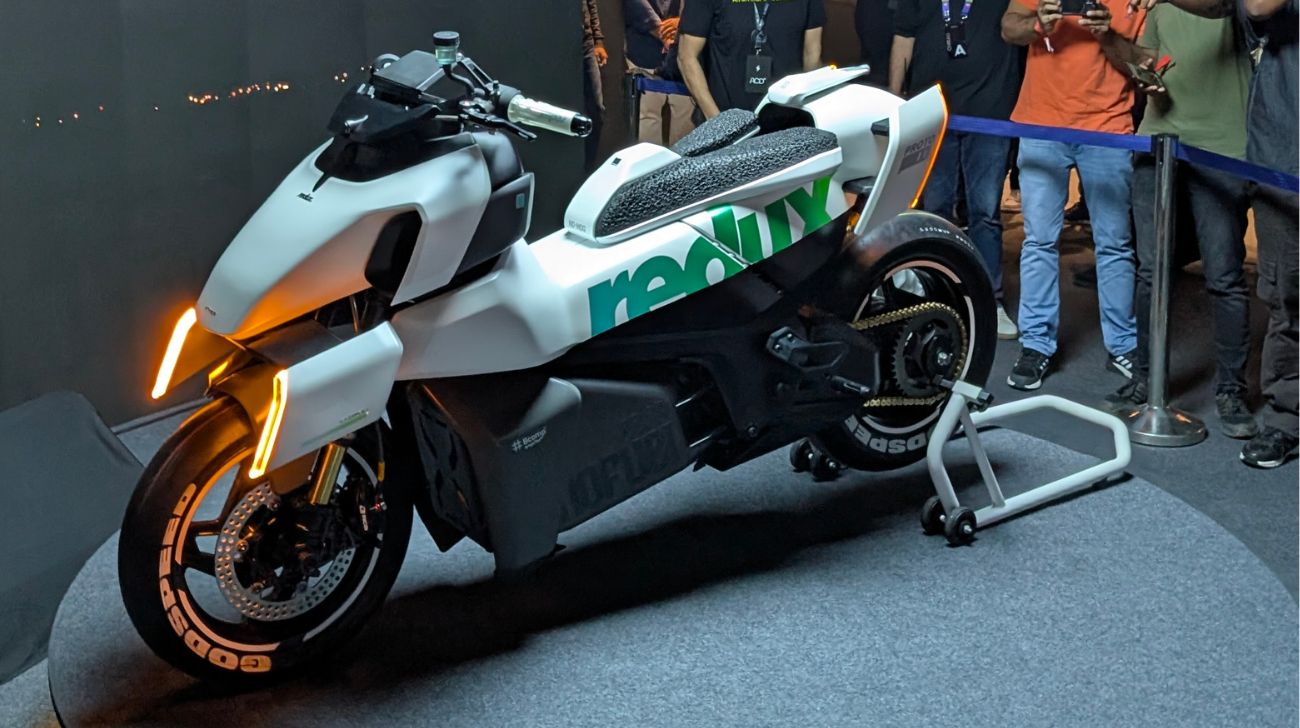MG Motors has launched its latest EV, the Windsor EV, at a price of Rs 9.99 Lakh (ex-showroom). The catch in this price is that MG will charge a battery rental price called Battery-as-a-Service (BaaS) separately, which will cost Rs 3.5 per km. The Windsor is the third EV from the brand after the ZS EV and Comet EV. It is based on the Wuling Cloud EV, which is sold internationally. Users will get the deliveries of their Windsor EV starting from 12th October. What does the Windsor offer, and is it better than the rest? Find all we know about it below:
Design of Windsor EV
The Windsor EV has a curvy MPV-like design with a small front bonnet and pronounced bumper. It also has LED headlights connected by a lightbar and LED DRLs. On the side, it has flush door handles and 18-inch alloy wheels. There are also windows that wrap around the rear. The rear gets LED taillamps with a petal-like design connected like the front. Overall, it has a rounded and curvy shape.
Interior of Windsor EV
On the Inside, the Windsor EV offers more space, a flat floor and a floating centre console, thanks to its electric platform. It gets two displays on the dashboard, a 15.6-inch infotainment screen that manages most controls and an 8.8-inch digital instrument panel. Below these are some buttons for controlling the HVAC. The front seats of the EV can be reclined up to 135 degrees, and they are called “aero lounge seats”. It has a long list of features, including wireless charging, electrically powered front seats, rear AC vents, panoramic sunroof, ambient lighting and a 9-speaker Infinity music system. The safety features of the EV include 6 airbags, a 360-degree camera, ESC, ABS with ABD, disc brakes on all four wheels, and parking sensors on the front and rear.
Powertrain of Windsor EV
The Windsor EV is powered by a single front-axle permanent magnet synchronous motor that produces 134 bhp and 200 Nm of torque. You can drive the car in 4 drive modes: Eco, Eco+, Normal and Sport. This motor derives its power from a 38 kWh battery, providing a range of 331 km. The battery can be recharged using a 45 kW fast charger capable of charging it from 0 to 80 percent in 55 minutes. The other charging options are a 3.3kW that can charge from 0 to 100 in 14 hours, while the 7.7 kW charger takes 6.5 hours.
For more such updates on the latest car and bike launches, click here.

.jpg)
.jpg)
.jpg)
.jpg)
.jpg)



